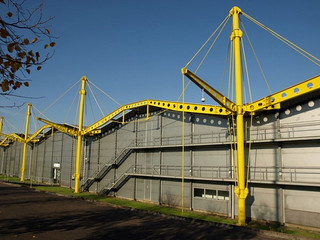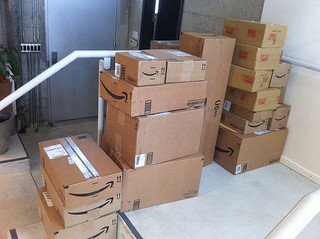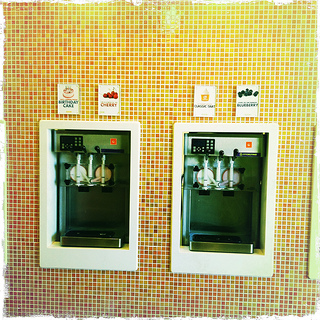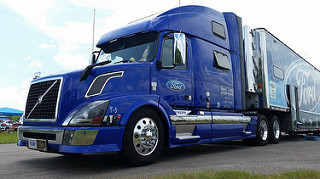How Has E-commerce Changed Logistics?

Undoubtedly, e-commerce has changed consumer marketing, retail stores, pricing structures, and the general shopping landscape. Almost six percent of all retail commerce is now done online. However, it is also forcing logistics executives to rethink how they operate warehouse facilities, truck routes, and even loading docks. Look at how logistics is morphing in response to e-commerce.
This article is for Premium Members only. Please login below to read the rest of this article.
Not a Premium Member yet? Become one today.
[login_form redirect=’https://www.procurementbulletin.com/how-has-e-commerce-changed-logistics’]
[show_to accesslevel=’Premium Members’]
Warehousing Facilities are Moving

Rural areas used to be ideal for warehouses. Acting as depots between the manufacturer and retail stores, trucks could access the facilities mostly uninhibited. Real estate costs were low, and outside the municipalities, the facilities could avoid many local taxes.
E-commerce is eliminating the retail outlet, and now warehouses need to be close to population hubs where the merchandise will be shipped to. The “pallet to store” concept has become the “box to door” mantra. Though this convenient property costs more, state and local tax incentives can offset this price considerably. Even in an economy where selling real estate is next to impossible, warehouses are gobbling up land as never before.
Warehousing Facilities are Changing
Not only are warehouses moving closer to the customers, the warehouses themselves are larger to hold more volume. Yesterday’s warehouses could unload large quantities of merchandise to retail outlets; today’s facilities must hold products that are shipped out in small quantities. Fast-paced online sales, and competition to provide superior customers, forces these facilities to use high-tech automation to move more orders in smaller quantities quickly. Even the docks must be reconfigured to handle parcels instead of pallets of merchandise.
Additionally, workers at new facilities need training on the high-tech equipment that exceeds the old “wrap it and ship it” techniques. These facilities need engineers, technicians for their high-tech machinery, and other skilled workers. In many cases, companies decide to build warehouses in a particular state when that state government offers to help train their new workforce. This befits the communities with skilled labor and higher wage jobs, and benefits the company with highly trained and skilled workers.
Warehousing Facilities Help Draw Infrastructure Improvements

These new metropolitan facilities require more power for the automated systems, better roads for consumer-level delivery trucks, high-speed Internet services, suitable railroad access, and other infrastructural improvements. Fortunately, the wages and tax dollars these warehouses bring into the area, as well as the federal government grants and other benefits, help pay local governments to make these improvements. Not only do these infrastructure upgrades benefit the company and the workers, it is an asset to the entire population of the area.
Warehousing Facilities Have to Rethink Reverse Logistics
Reverse logistics were once a small subset of warehouse activities, primarily a concern of the automotive and electronics industries involving refurbished parts. With most e-commerce retailers holding generous free return policies, consumers can order at their leisure, knowing they can send back what they don’t like, don’t want, or doesn’t fit. In this environment, warehouses must be equipped to accommodate large-scale returns. Sometimes, separate facilities are set up to handle the reverse logistics to keep operations at the primary shipping facility running smoothly.
How has e-commerce changed your logistics operations? Are the changes for the better or for the worse? [/show_to]









